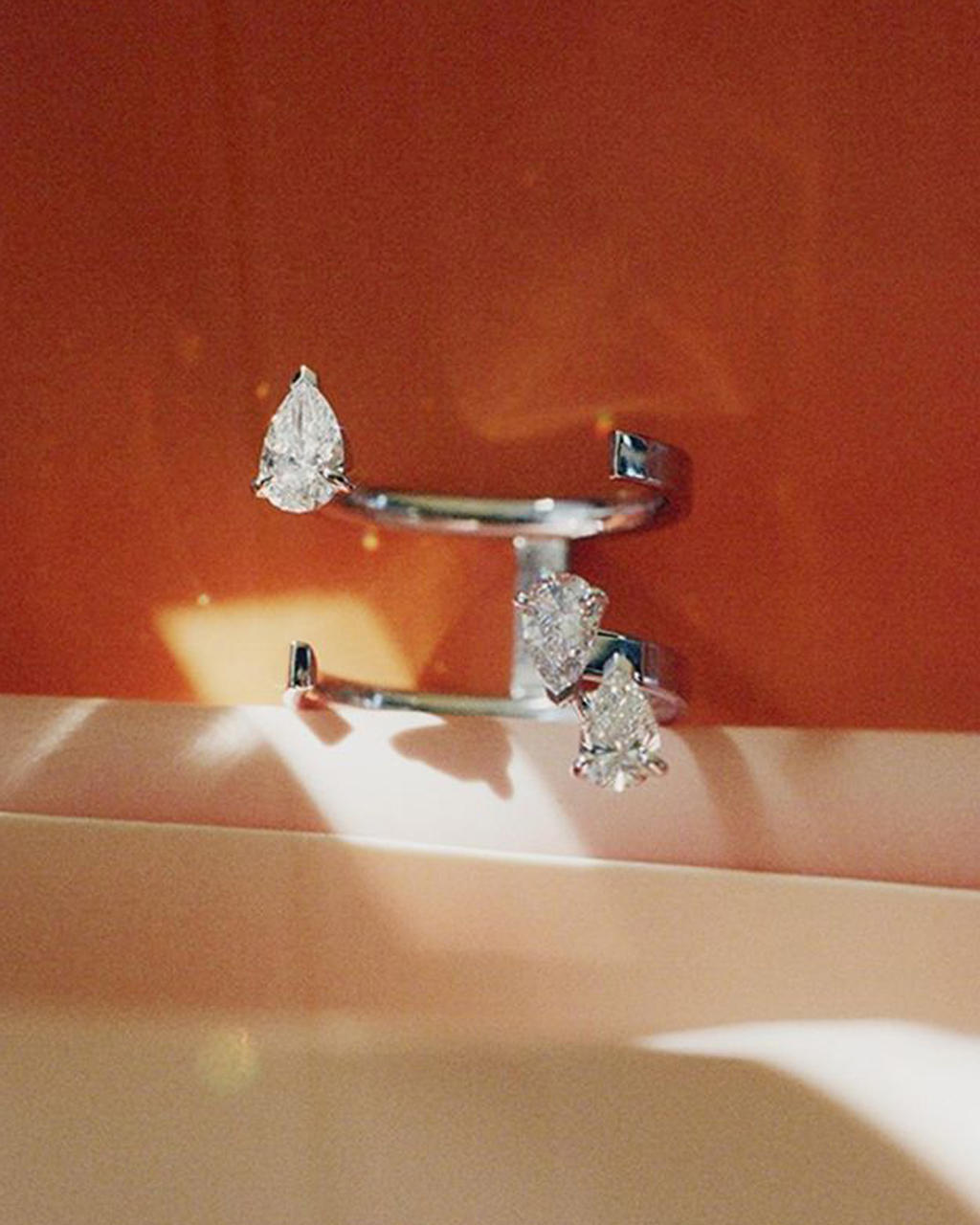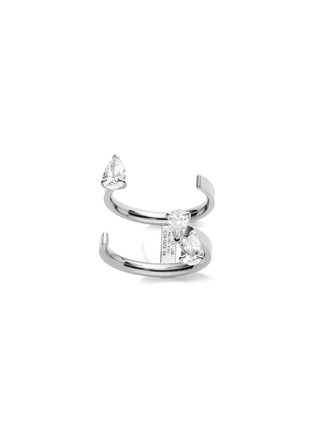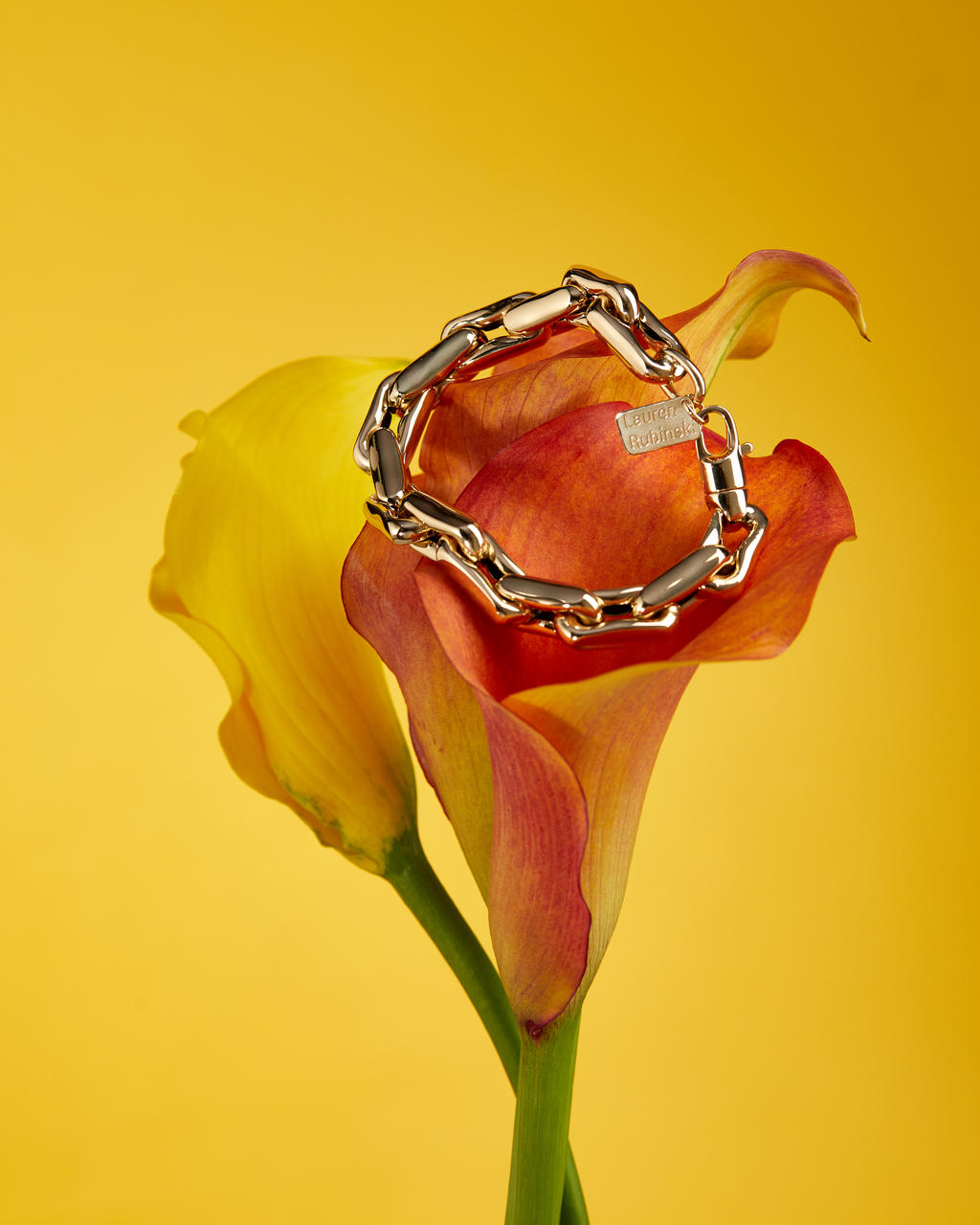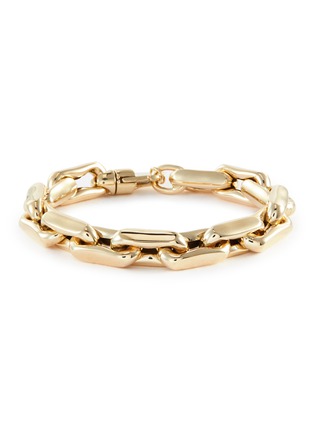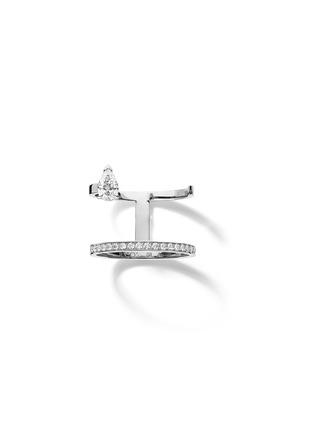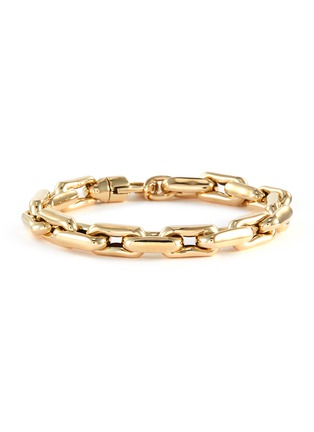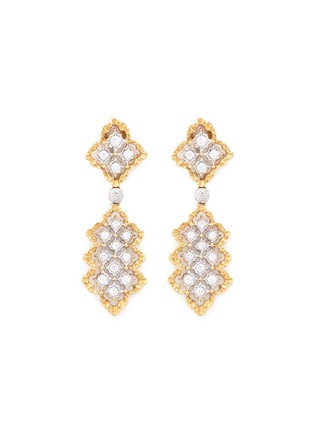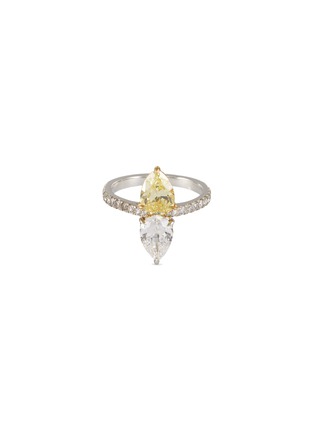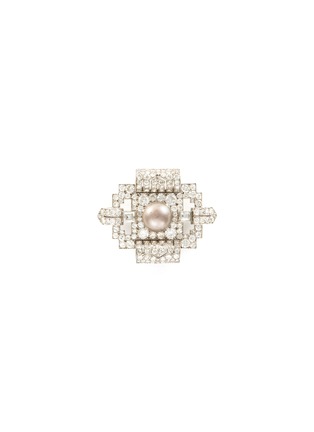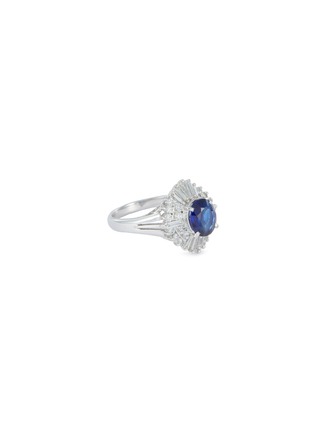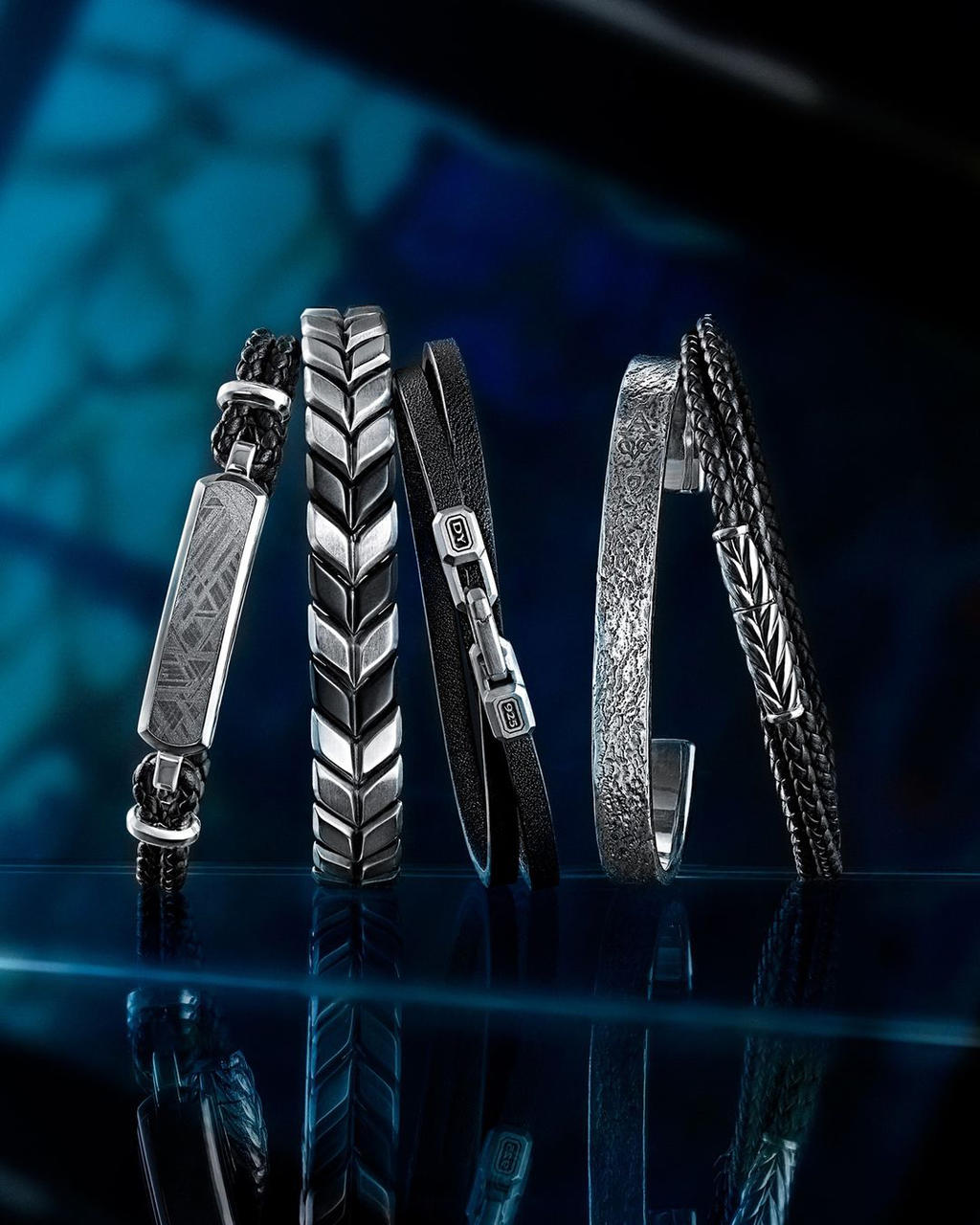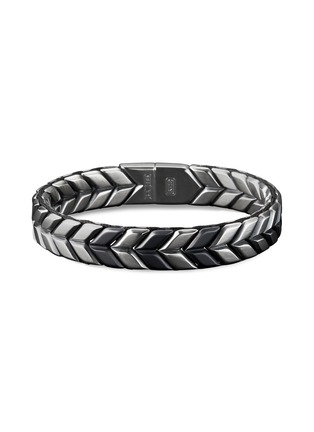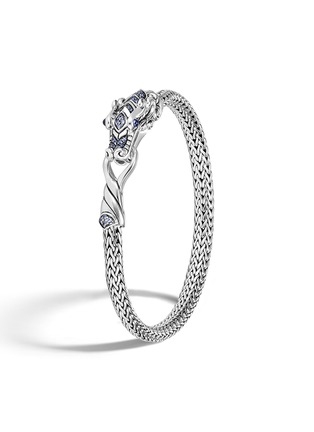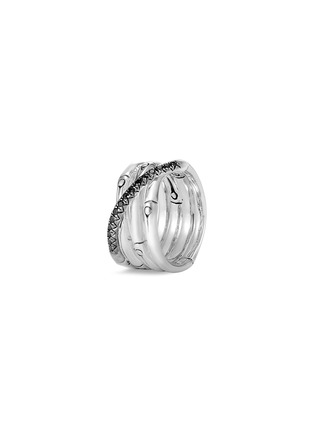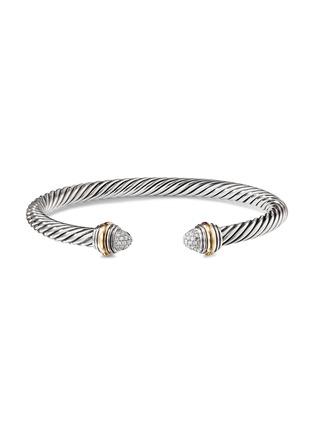Metals make up much of the magnificence that is a piece of fine jewellery, but it’s easy to overlook the materials when a shimmering gemstone is centre stage. Offering different looks and strengths, we break down the four key bases to consider in the search for your next special something.
GOLD
The most popular choice for modern fine jewellery, gold comes in three colour options: yellow, white and rose. There are also different karats: 10K, 12K, 14K, 18K or 24K. Each karat contains a different amount of pure gold, which changes the weight and price of jewellery. For example, 10K gold contains 41.7% pure gold, while 24K gold is 100% pure gold.
It’s important to note that, when a material is referred to as 'gold-filled', it does not mean that the material is 100% pure. Rather, it is actually made up of several layers of gold plating, making it longer lasting than a piece specifically classified as 'gold-plated'. Gold-plated materials are essentially an overlay of a specific karat of gold, usually coating sterling silver and titanium metals.
PLATINUM
Platinum is a natural bright white metal that comes directly from the earth, and being 30 times more rare than gold, it’s a particularly luxurious choice. Because of its natural durability and colour, platinum is perfect for showing off diamonds and gemstones. There are a couple of different platinum purities: 950 platinum contains a blend of 95% platinum and 5% alloy metals (like ruthenium, for example), and 900 platinum contains 90% platinum and 10% alloy metals. It's worth keeping in mind that, as a heavy and dense metal, a platinum ring will feel much more weighty than an 18K gold alternative.
TITANIUM
Titanium is the hardest natural metal in the world. It’s so strong, in fact, that it’s actually three times the strength of steel, but it’s also surprisingly lightweight, making it ideal for chunkier jewellery styles. It's typically a silvery-white shade, but can be found in a broad range of colours, and because it is 100% hypoallergenic, it won't react to sensitive skin. It's also much more scratch-resistant than other jewellery metals, meaning it'll maintain its appearance for longer.
SILVER
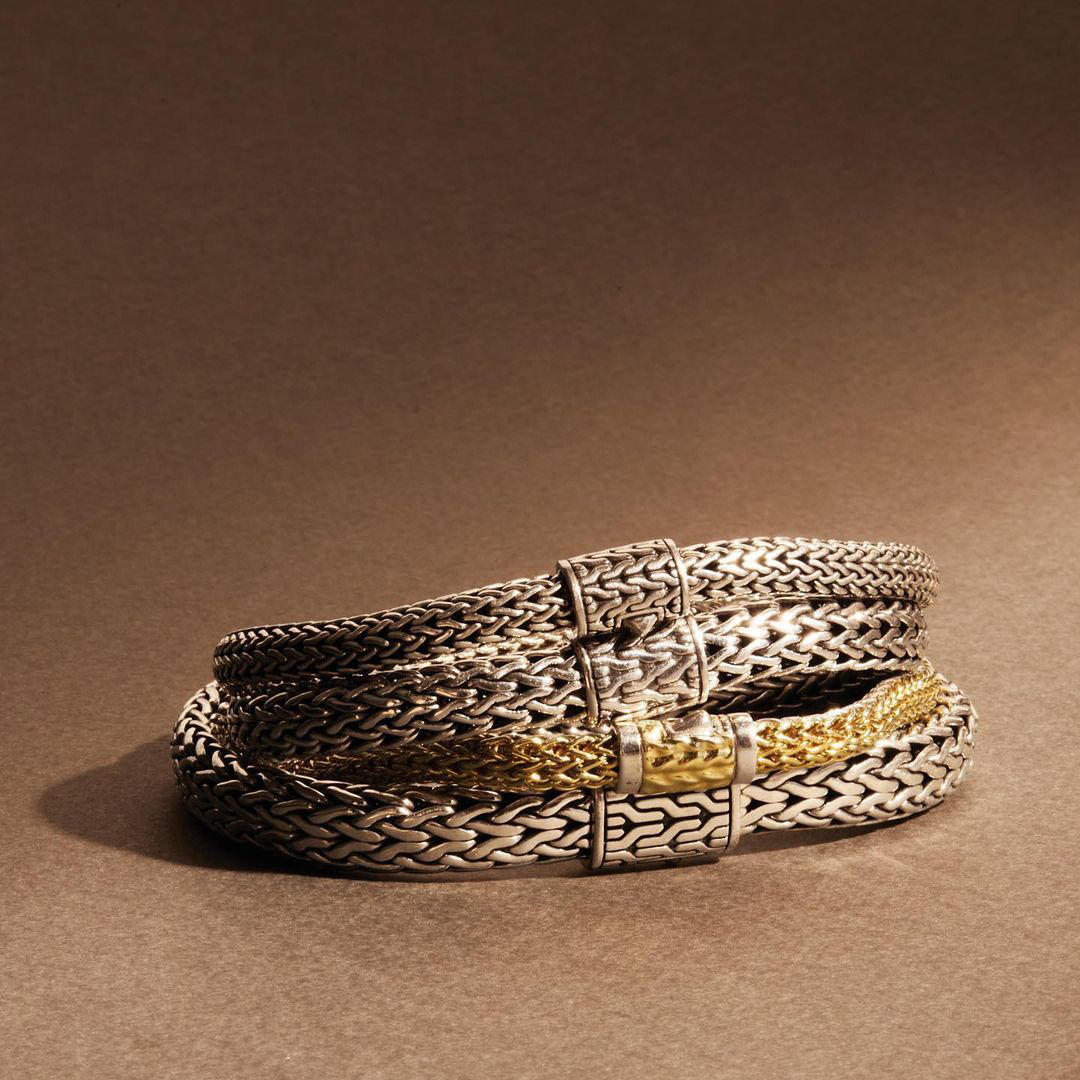
Silver isn't a hugely popular choice for fine jewellery, but it is on the rise, particularly for men's styles. In a white-grey shade, silver is a softer metal than gold, platinum and titanium. Considering sterling silver has a purity of around 92.5%, it’s less suitable for daily wear because of the risk of oxidation which can alter the colour and shine. That being said, with the right jewellery cleaner or the help of your local jeweller, it can eventually be restored to its original sheen.
